
Refugees leave their countries in order to find safety, peace and other necessities not present in their homelands. In Paraguay, incoming refugees are guided through the process of adapting to the country’s practices, lifestyle and community. Here are 10 facts about refugees in Paraguay:
- In 2016, 49 refugees submitted asylum applications to Paraguay. Only 27 applications were approved, mostly for Syrians and Cubans. While this does not guarantee entry for all refugees, it shows that Paraguay is very welcoming to some.
- Some refugees use fake passports to enter Paraguay. The country’s criminal court convicted seven Syrian refugees of this crime in March 2015. One of the convicted refugees stated that Paraguay’s police “treated them with respect.” Paraguay’s criminal court granted the refugees freedom of movement at the first hearing.
- Many refugees seek lost family members. Some do not know if their parents are living outside of Paraguay or are even still alive. Two such refugees, Mahed Ibrahim and his younger brother, unnamed because he is a minor, fled to Paraguay in search of their parents.
- Paraguay’s government plans to build 4,000 homes for refugees of flood disasters. The refugees will also be given food supplies, housing materials and medical assistance. Paraguay’s government relief agency is also preparing for mosquito-borne diseases that may affect these refugees.
- Refugees in Paraguay are bound to a “resettlement policy.” This policy helps refugees become self-reliant and make positive contributions to their new country. The program provides refugees with housing, medical care and employment opportunities.
- When moving into their new homes, refugees in Paraguay are provided with basic amenities and have no rental expenses in their first year. After the first year, they can make arrangements to buy their homes by paying a specified quota for several years. Paraguay’s various programs and requirements determine the quota amount.
- Refugees in Paraguay can access free healthcare through the National Public Administration’s resources and services. In the first year, some medicines and expenses are not covered under the free plan. Once the first year passes, the restriction is lifted.
- Refugees in Paraguay have access to the same public education system as citizens. The Office of the United Nations High Commissioner for Refugees (UNHCR) pays for refugee children’s education expenses. The payments annually cover uniforms and materials in preschool, primary and secondary schools.
- Refugees are guided and educated on aspects of Paraguay’s labor market, helping them find employment almost immediately. Paraguay’s government gives refugees vocational training in baking, plumbing, computers and other work skills. The training sessions are free and relieve refugees of added expenses.
- From their arrival date, refugees in Paraguay are given a monthly stipend for one year. If managed properly, the stipend can cover utility, food and other expenses. The stipend also has a single allocation for clothing expenses.
These 10 facts about refugees in Paraguay reveal the country’s goal to help others but also the necessity for reform. Paraguay still declines some refugees depending on their country of origin, and changes will be needed in order to grant equality for all refugees. For refugees presently in Paraguay, a better quality of life may very well be in their future.
– Rhondjé Singh Tanwar
Photo: Flickr
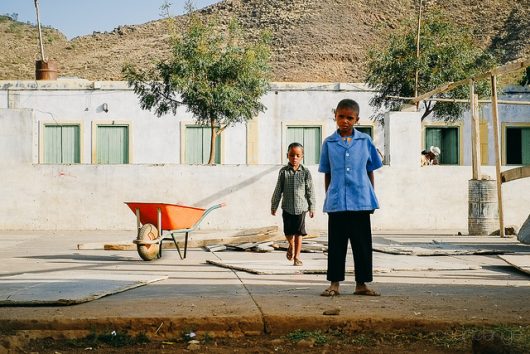
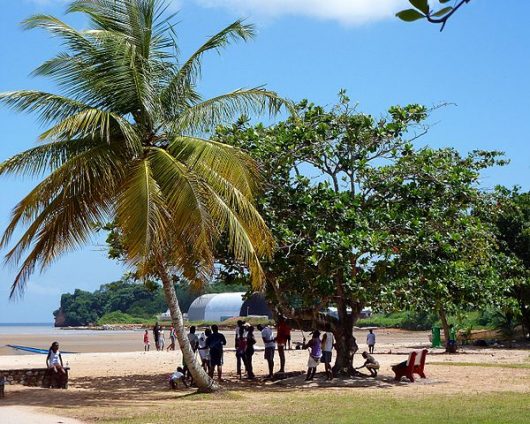
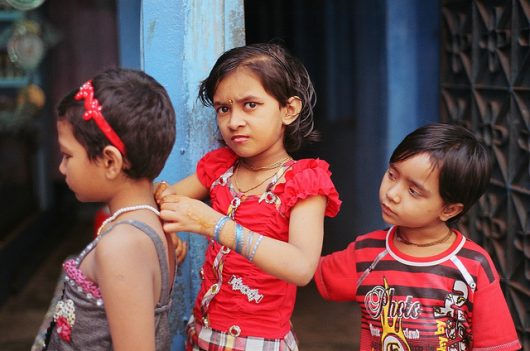
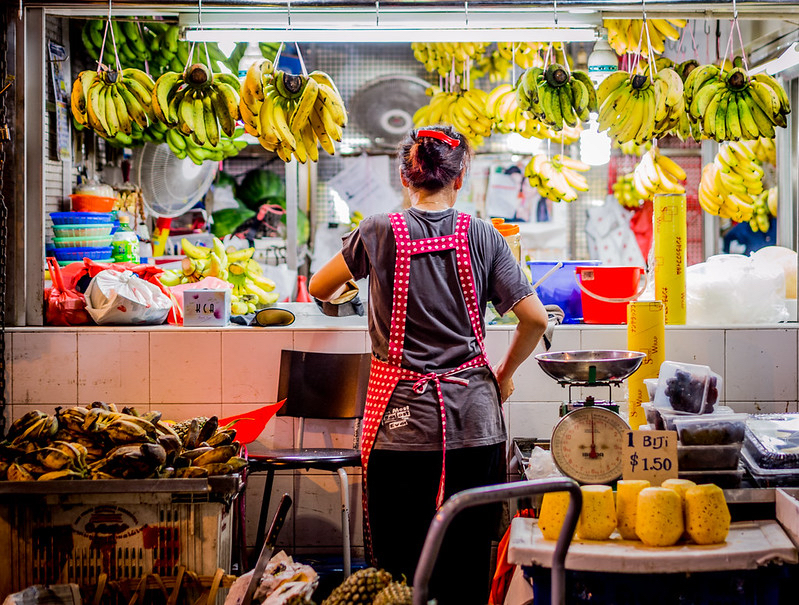

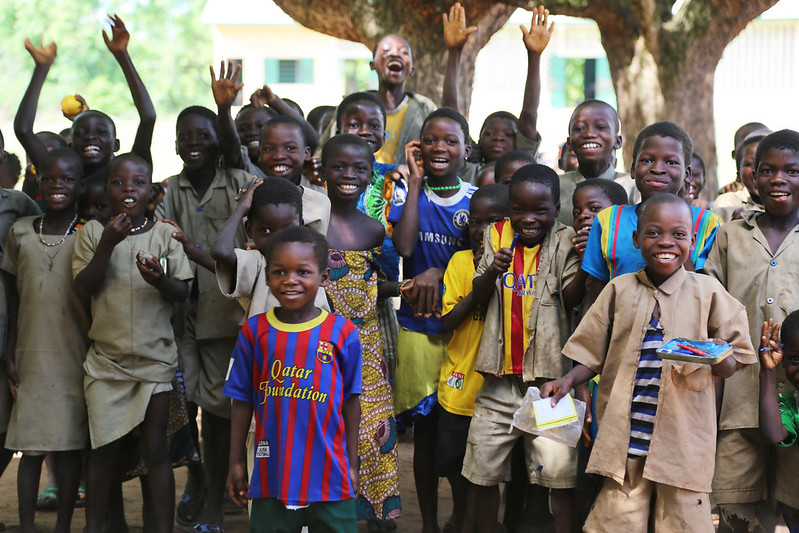 There are ten facts about Togo refugees that are important to know. It is important to establish a
There are ten facts about Togo refugees that are important to know. It is important to establish a 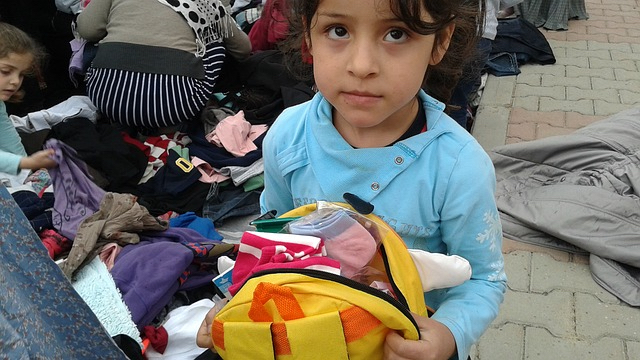
 Norway is a country in Northern Europe that is home to about 5,196,000 people. It is not part of the European Union because of its strong economy. With the recent influx of refugees to Europe, Norway had to determine how to manage those coming into the country.
Norway is a country in Northern Europe that is home to about 5,196,000 people. It is not part of the European Union because of its strong economy. With the recent influx of refugees to Europe, Norway had to determine how to manage those coming into the country.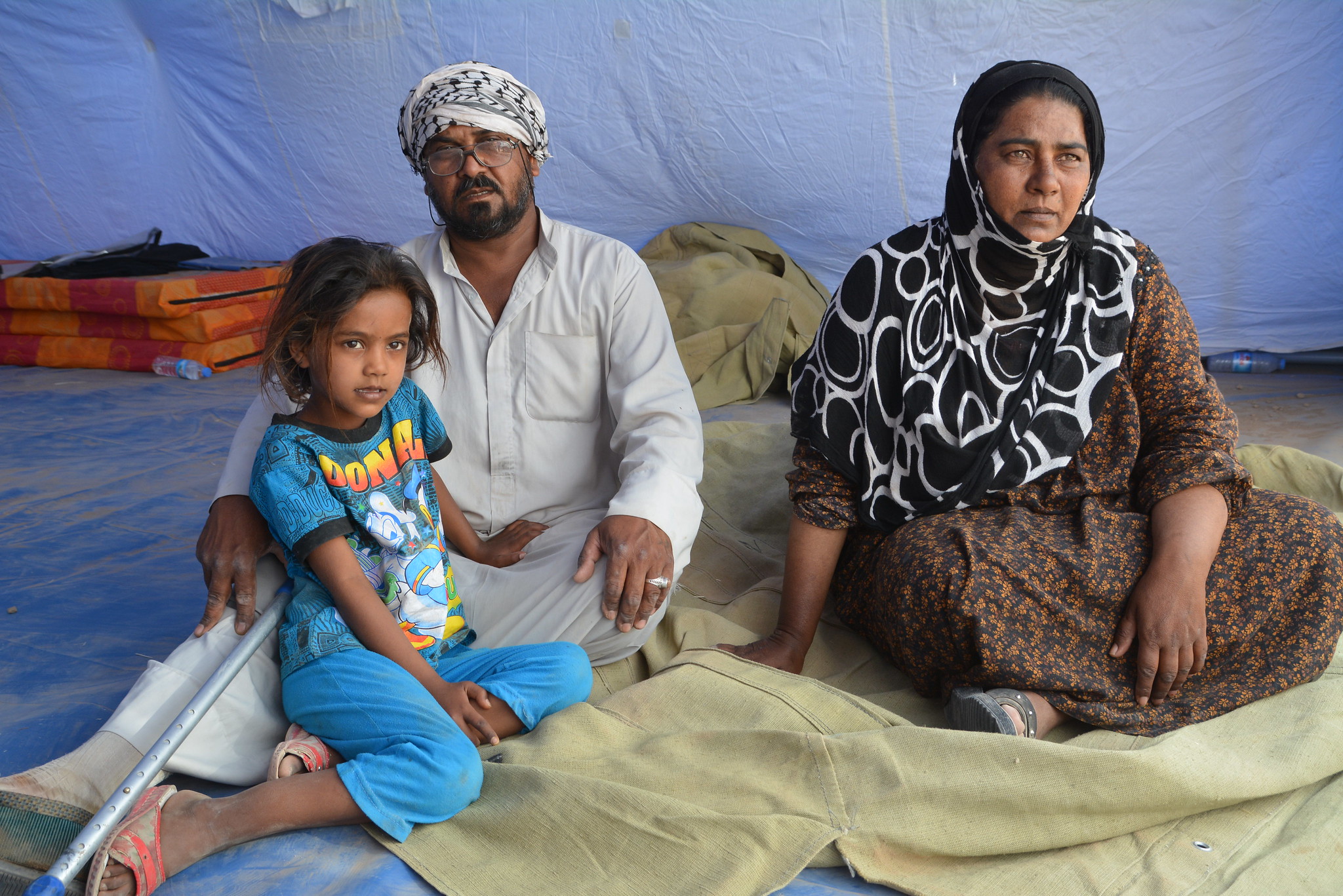 As Mosul, Iraq slowly slips from the grasp of ISIS, civilians are fleeing the city and being evacuated in large numbers. Refugee agencies estimate that
As Mosul, Iraq slowly slips from the grasp of ISIS, civilians are fleeing the city and being evacuated in large numbers. Refugee agencies estimate that 